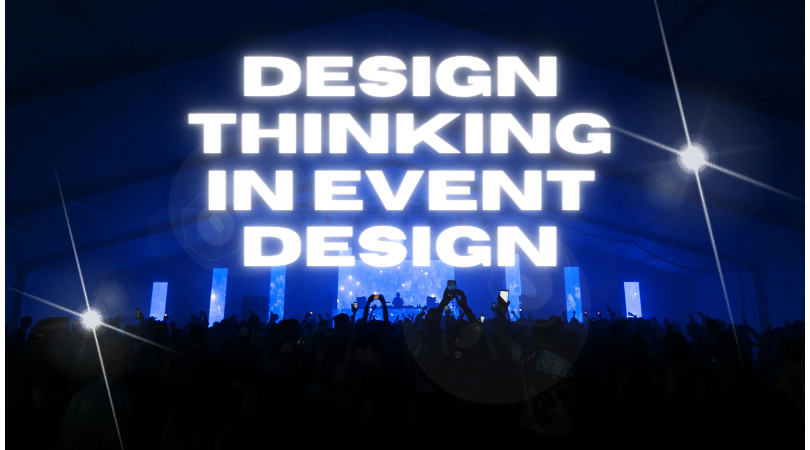Design Thinking for Innovative Event Plan

Design thinking is a human-centered approach to problem-solving that involves empathy, creativity, and iteration. As an event manager, applying design thinking can help you create memorable experiences that truly engage your audience. In this article, we’ll walk you through the design thinking process and how you can use it to plan your next event.
Empathize
The first step in the design thinking process is to empathize with your audience. This involves understanding their needs, wants, and pain points. To do this, you need to gather information through research, observation, and interviews.
Research
Conduct research on your target audience to learn more about their interests, preferences, and behaviors. Look at data from previous events, social media insights, and industry reports.
Observation
Observe your audience in their natural environment to see how they interact with the world around them. Attend similar events or activities to see what they enjoy and what frustrates them.
Interviews
Conduct one-on-one interviews with members of your target audience to gain a deeper understanding of their needs and wants. Ask open-ended questions and listen actively to their responses.
Define
Once you’ve gathered insights from your audience, the next step is to define the problem you’re trying to solve. This involves synthesising your research and observations to create a problem statement that captures the core issue you’re trying to address.
For example, your problem statement might be: “Our target audience is bored with traditional networking events and is looking for new ways to connect with like-minded professionals.”
Ideate
Now it’s time to generate ideas. This is where you and your team can let your creativity run wild and come up with as many ideas as possible, no matter how wild or seemingly impossible.
To facilitate ideation, try using brainstorming techniques such as:
- Mind mapping
- Random word association
- SCAMPER (Substitute, Combine, Adapt, Modify, Put to another use, Eliminate, Reverse)
Prototype
Once you’ve generated a list of ideas, it’s time to start prototyping. This involves creating small, low-fidelity versions of your ideas to test and refine.
For example, if one of your ideas was to create a mobile app for your event, you could create a rough wireframe or sketch of what the app might look like. You could then test the wireframe with a small group of users to see if the concept is engaging and easy to use.
Test
Finally, it’s time to test your prototypes with your target audience. This involves getting feedback on your ideas and using that feedback to refine and improve your event.
To test your prototypes, you could:
- Conduct user testing sessions
- Gather feedback through surveys or social media
- Host focus groups
- Use the feedback you gather to refine your prototypes and iterate on your ideas until you’ve created an event that truly meets the needs and wants of your target audience.
By using the design thinking process, you can create events that are engaging, memorable, and truly meet the needs of your audience. So next time you’re planning an event, don’t just focus on the logistics – take a human-centered approach and use design thinking to create an experience that your attendees will never forget.
